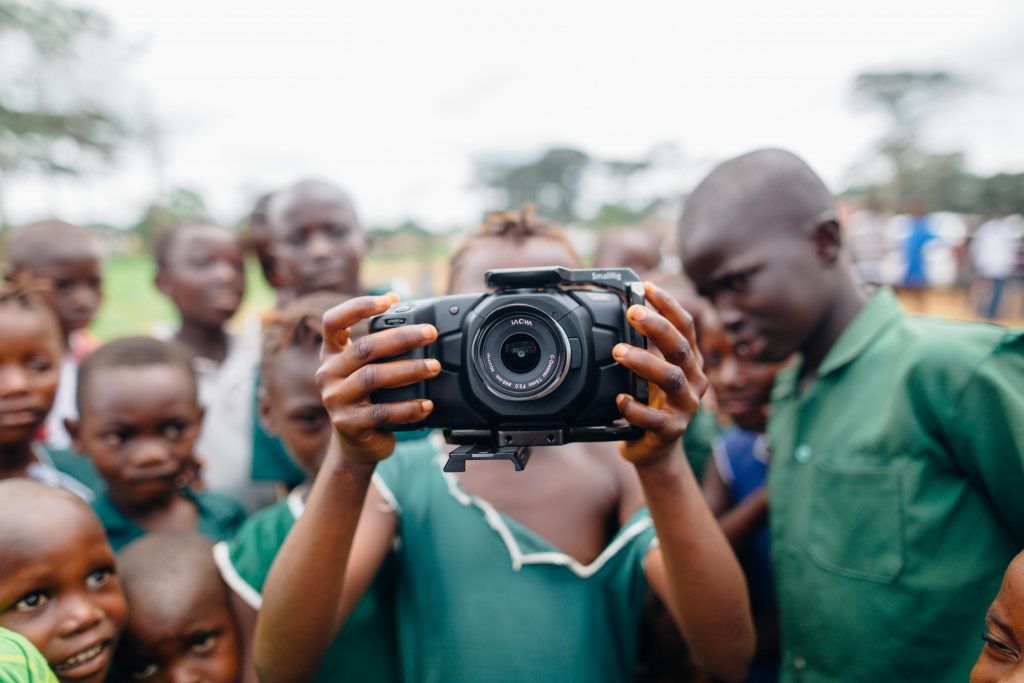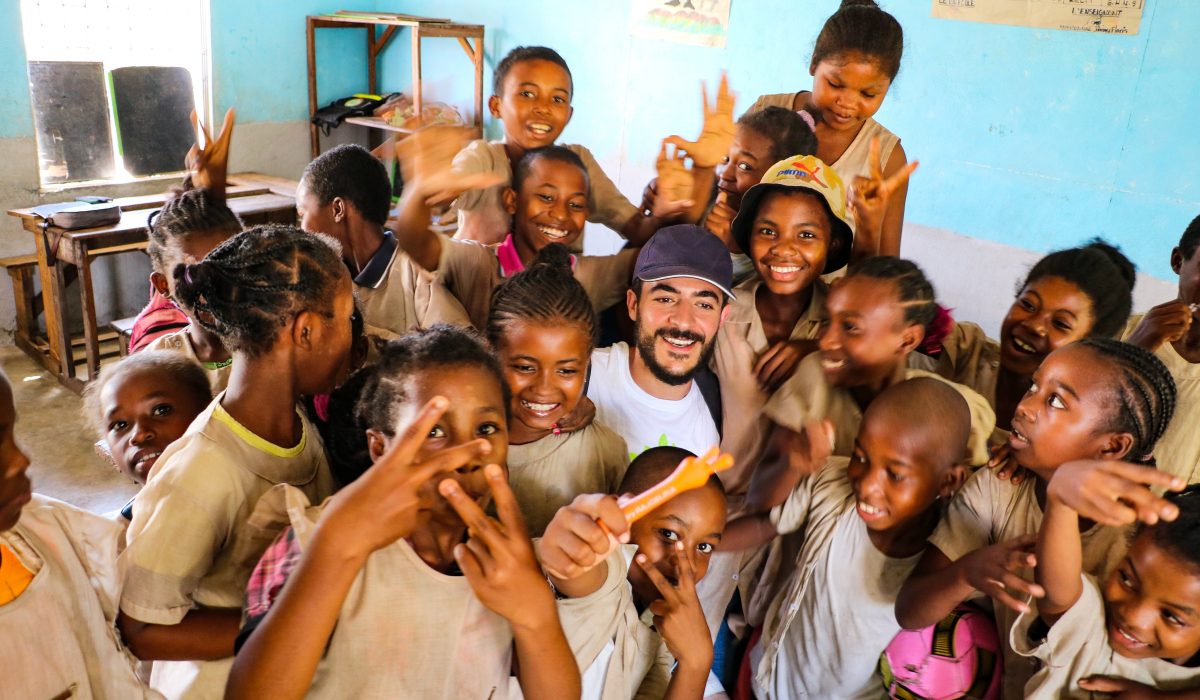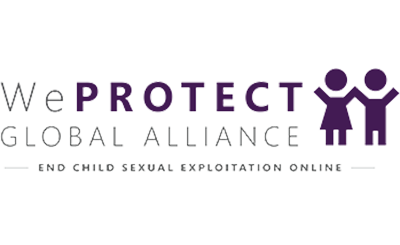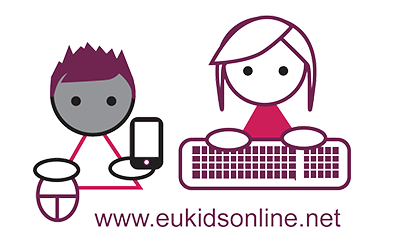Article 12 of the UN Convention on the Rights of the Child notes that “State Parties shall assure to children the right to express (their) views freely in all matters affecting the child (the views of the child being given due weight in accordance to the age and maturity of the child).” The CRC went further in General Comment No. 25 (GC 25), to note that “when developing legislation, policies [and] programmes….on children’s rights in relation to the digital environment, States parties should involve all children, listen to their needs and give due weight to their views” (for a critical analysis of the potential of GC 25, see here). This is concretized in the GC 25 which notes that “[states should listen] to their views on the nature of the particular risks that they face.”
Between 2019 and 2021, the Government of Zimbabwe, through the Ministry of ICT and Postal and Courier Services, and with support from UNICEF Zimbabwe, sought to operationalise these principles in the development of a policy framework and implementation tools to ensure a child rights-centred approach to online safety. So first, the context.
Children’s internet use in Zimbabwe
Beyond some industry data and very limited census data on internet access in Zimbabwe, at the start of this work – pre-COVID-19 pandemic – no comprehensive data existed on children’s access to and experience of the internet across Zimbabwe. The limited data that did exist showed that 40% of the population over the age of 18 were online, but that three in four Zimbabweans were mobile phone operators. Our process thus started with an attempt to set the context of young people’s experiences, particularly of risks, but contextualised within their broader online experiences, positive and negative.
Despite the relatively low internet penetration rates suggested by pre-pandemic adult data, children in both urban and rural areas spoke of their widespread use of social media and their concerns about data privacy online. Generally, children had at least a rudimentary knowledge and technical skills, although there was less evidence of more advanced digital literacy and media literacy skills.
This suggests that children in Zimbabwe do not yet widely have the skills required to take advantage of all the benefits have to offer. Similarly, there was widespread awareness of many of the risks that exist online, although this also tended to exist at a somewhat superficial level. Few children had experienced direct harms as a result of encountering online risks, although there were notable exceptions to this.
Even for those who did not have their own mobile phone or internet access, the online opportunities were still very real; equally so were the risks. Even those children who had limited access to the internet and who used their friends’ phones to go online knew about online dating. Meeting boyfriends and girlfriends online was often seen as an opportunity and benefit to being online, as much as schoolwork and education, with dating and dating apps often viewed in a positive light.
Several children recounted traumatic experiences they had experienced either directly or had witnessed through the use of messaging apps by their school. These stories bring to life in a very real way paragraph 4 of GC25 which notes that innovations in digital technology impact children and their rights even when they do not have access to technology themselves – a scenario which is anticipated and addressed within the General Comment.
Access and skills also appeared to be unevenly distributed amongst children, suggesting the need for much greater support to ensure that all children, regardless of background or situation, are equipped with the requisite skills to both stay safe online and benefit from the technology.
Putting children’s participation at the centre of digital policy-making
 Consultations with children between the ages of 12 and 17 and from different backgrounds provided the centrepiece of the policy development process, starting from the initial conceptualisation through the development of the final draft. A total of 475 children were consulted through in-depth qualitative activities on their use and experiences of digital technology, and of the opportunities and benefits it presented, as well as the risks and dangers that they faced online on a daily basis.
Consultations with children between the ages of 12 and 17 and from different backgrounds provided the centrepiece of the policy development process, starting from the initial conceptualisation through the development of the final draft. A total of 475 children were consulted through in-depth qualitative activities on their use and experiences of digital technology, and of the opportunities and benefits it presented, as well as the risks and dangers that they faced online on a daily basis.
From these consultations, we drafted the Child Online Protection policy. By this time GC 25 had been launched and we were able to ensure that the Comment was front and centre of the policy, with the framing, with the very first splash page and the leading paragraph recognising the rights of every child to be respected in the digital environment.
The consultations with children did not stop at the policy stage of this process. Once we had drafted the policy and validated the draft with government, civil society and industry partners, we went back to children. We took the draft policy back to them to hear what “they” thought of what had been covered and how and where we placed responsibility and the burden of care, to make sure that their vision of a safe internet was achieved. This allowed us to tweak the policy where needed before finalising it.
The next step was to develop a practical implementation plan for the COP policy for the next five years together with the key ministries, industry partners and civil society partners. From there, we workshopped and developed brief industry guidelines and a manifesto that clearly reflected the priorities that children, as well as other stakeholders, had expressed throughout the process.
Children were vocal in what support they would like and where this should come from concerning the development of their digital skills but also regarding making their online experience safer. Much of these focused on social media companies and what technology companies could do. Children also spoke about what support they needed from the social and protective institutions and networks around them.
These suggestions, together with a review of existing protection systems and mechanisms, contributed to the development of guidance on the role of parents and carers, schools and other institutions in keeping children safe through appropriate prevention and response mechanisms. Many of these mechanisms are currently located within schools, particularly in rural and remote areas and are under-resourced and sparse at best.
Through this three-year-long process, we were able to shift the thinking using the voices of children. We ensured a more comprehensive approach to the collective rights of children, including their rights to privacy, and an awareness of how data can itself pose risks to children. The caveat here is that this conversation occurred at the highest level – the level of policy-making. The real challenge now that we have this policy setting is to translate it into practice in communities, schools and homes where this understanding does not exist.
It is also clear that a concerted, regional approach will be key to contextualising such a child-rights-based approach within Africa and translating it into action on the community level. The implementation of GC25 in the region will be largely influenced by its contextualisation by the African Committee of Experts on the Rights and Welfare of the Child (ACERWC).
A key milestone is hereby the ACERWC’s Day of General Discussion: Children’s Rights in the Digital World which took place on 24 November 2022. The outcomes of this General Day of Discussion will be essential to achieving the objective – understanding the nature and scope of violation of children’s rights in the digital sphere in Africa, as well as identifying the challenges that children face (including children in vulnerable situations) and finding possible solutions to these challenges.
About the study
Note at the time of writing the COP policy was before the Cabinet of Zimbabwe. This work was led by UNICEF Zimbabwe, and with funding from the Spotlight Initiative, the project was a partnership between the Ministry of ICT and Postal and Courier Services, along with Save and the multi-stakeholder Zimbabwe Child Online Protection Committee. While the project commenced prior to the adoption of the GC 25, the timing could not have been more fortuitous as the adoption happened as we were writing up the policy, as the main deliverable of this work. In addition to the consultations, 6,743 U-Report (SMS-based real-time data collection system) users were polled on their views and experiences.
About the authors
Patrick Burton is a research consultant working with UNICEF in Tunisia, Albania, Cambodia and China, as well as the Executive Director of the Centre for Justice and Crime Prevention. Together with his co-PI Dr Monica Bulger, he won with Best of UNICEF Research award in 2020 for their work on Children’s use of social media in East Asia. At the time of this work, Patrick was working with UNICEF Zimbabwe as a research consultant.
Dr Sabine Witting is an Assistant Professor for Law and Digital Technologies at Leiden University and a consultant working with UNICEF offices in Southern Africa, Southeast Asia and the Pacific region on strengthening children’s rights in relation to the digital environment. At the time of this work, Dr Witting was the project lead for child online protection at UNICEF Zimbabwe, and previously, for UNICEF Namibia.








